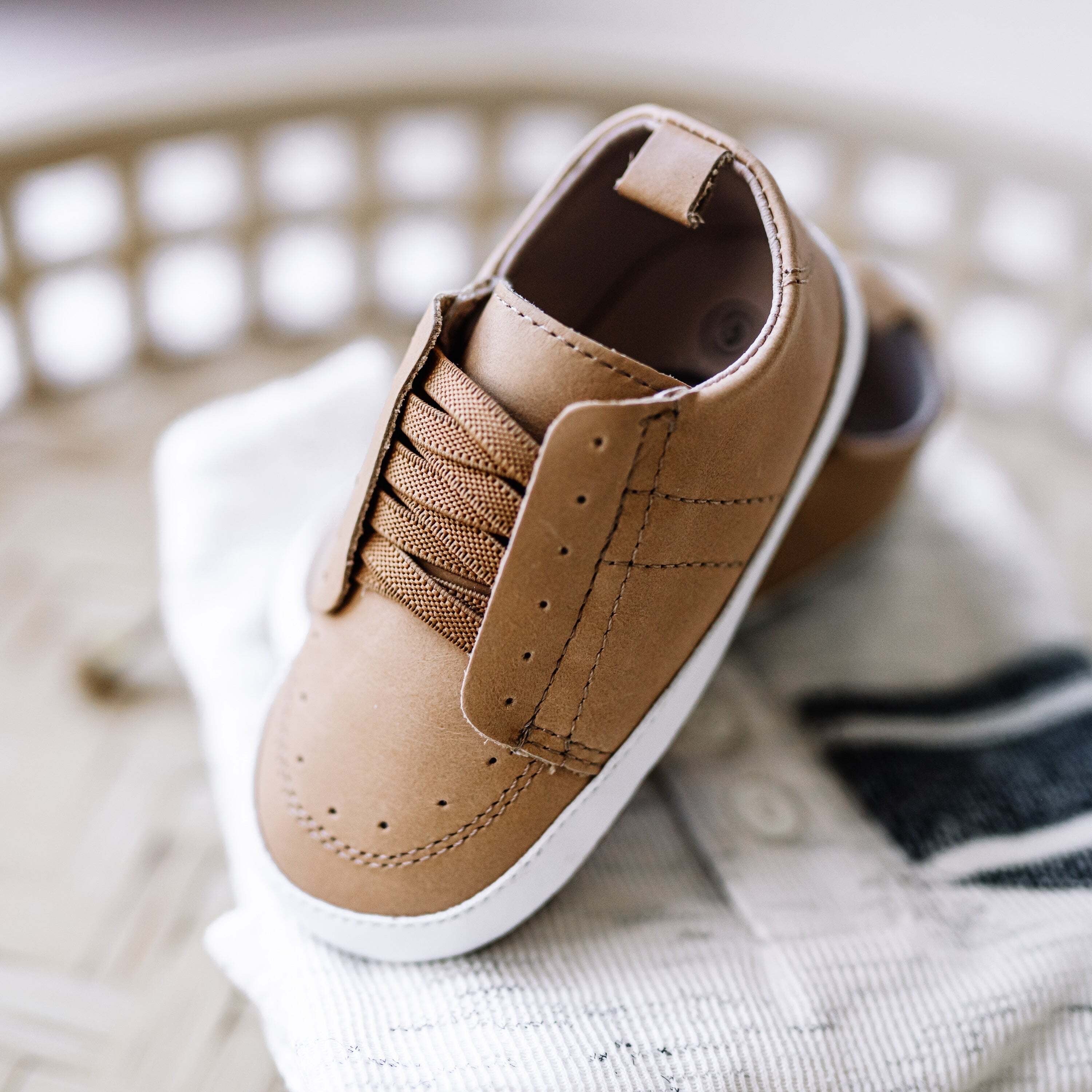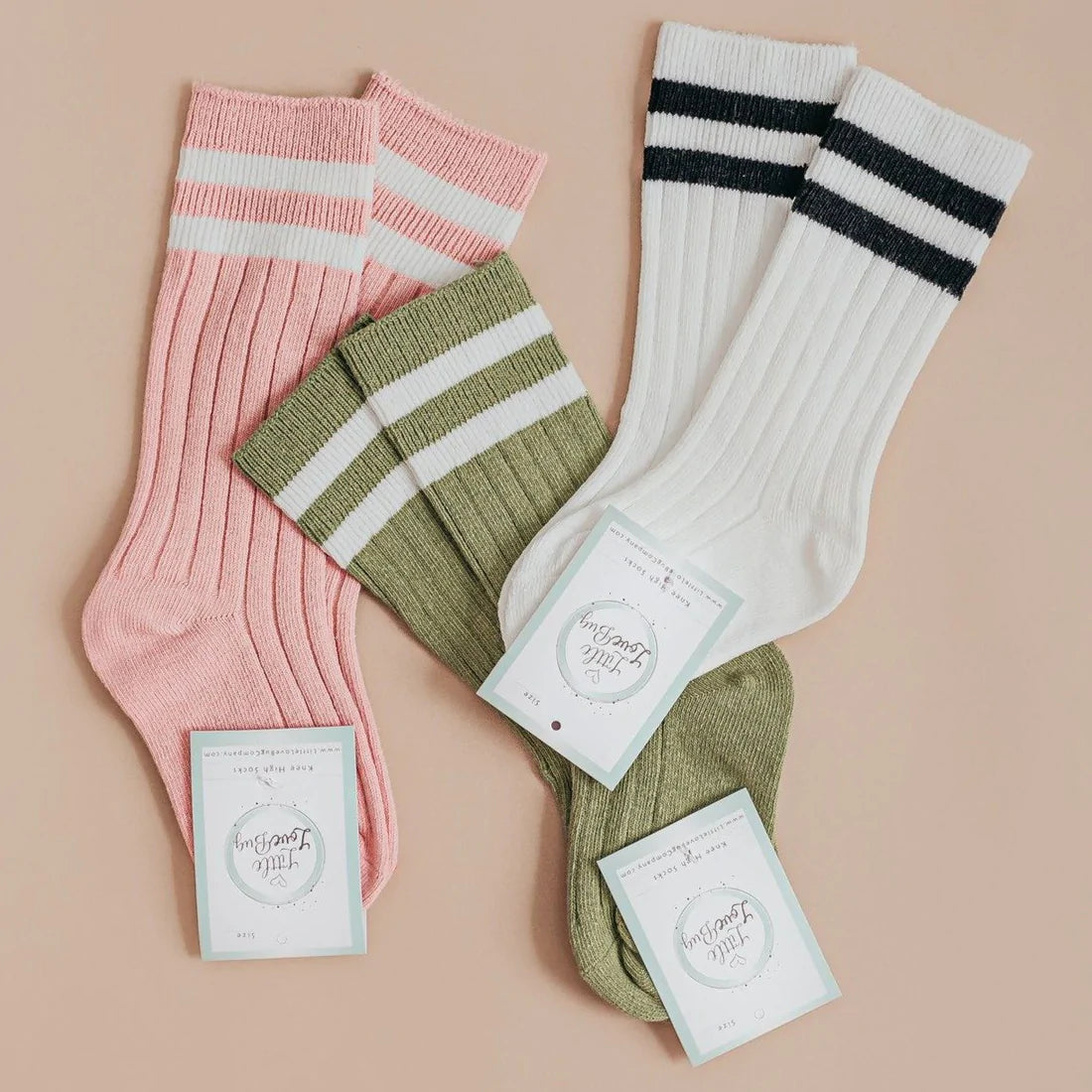6 Ways To Help Your Bunions Without Surgery
Are you struggling with bunions and don’t want to resort to surgery? You are not alone. Many people suffer from bunions and don’t want to go through a surgical procedure. Fortunately, there are some ways to help your bunions without resorting to surgery. In this blog post, we will share 5 ways to help your bunions without surgery. Read on to learn more!
1) Bunion splints or pads
Bunion splints and pads can be a great way to help relieve the pain associated with bunions without surgery. Bunion splints are designed to stretch the tendons and muscles of your foot, providing gentle pressure on the affected area to reduce swelling and discomfort. Pads are placed over the bunion to provide cushioning and extra comfort. These products are typically made from lightweight and flexible materials such as foam or gel, and can easily be worn under socks.
Bunion splints and pads may help reduce inflammation and joint pain, allowing you to stay active without feeling discomfort. They can also help relieve pain during physical activities, such as walking or running. Additionally, some bunion splints and pads offer arch support, helping you maintain a healthy posture while standing or sitting. Be sure to consult your doctor before using any bunion splint or pad, as they can be too rigid for some people.
2) Custom-made shoe inserts
If you suffer from bunions, custom-made shoe inserts may be the solution. These special inserts are designed to reduce pressure and shift your weight off the bunion area. They are made to fit your specific foot shape and provide extra cushioning to support your bunion. Custom-made inserts can also help align your toes and may provide some arch support.
Custom shoe inserts are made from different materials, such as foam, gel, and leather, and come in a variety of shapes and sizes. To get the best fit, you’ll need to visit a podiatrist or orthotist who will take precise measurements and use specialized tools to make sure your shoe insert fits perfectly. The cost of custom shoe inserts can vary greatly depending on the type of material you choose and the complexity of the design.
If you want to get the most out of your custom-made shoe insert, wear it for at least two hours a day at first and gradually increase the amount of time until you’re wearing it all day. You may experience some soreness or discomfort as you break in your new inserts, but this should subside after a few days of wear. If it doesn’t, talk to your podiatrist or orthotist about possible adjustments to make it more comfortable.
3) Wider shoes
One of the best ways to help your bunions without surgery is to wear wider shoes. Your shoes should be wide enough that your toes don’t rub against the sides. Too-narrow shoes put pressure on the bunion, causing it to become inflamed and painful.
Look for shoes with a rounded or square toe box. Shoes with a pointy toe are not ideal, as they can cause your toes to rub together and aggravate the bunion even further. Consider buying a half size up from your regular size if you have bunions, so that you can fit into a wider shoe more comfortably.
If you already own a pair of shoes that are too narrow, consider stretching them out. There are over-the-counter stretching kits available that can help you expand the width of your shoes. However, be sure to check with a professional cobbler before stretching your shoes, as it may damage the shoe if done incorrectly.
Additionally, consider switching to loafers or slip-on shoes as these tend to be less constrictive than lace-up shoes. If you must wear lace-ups, be sure to use the lacing pattern that allows the upper to flex over the bunion area.
Finally, keep in mind that your feet swell throughout the day, so it’s best to buy shoes at the end of the day when your feet are at their largest. This will help ensure that you purchase the correct size shoe and get the best possible fit for your feet.
4) Exercises
If you have bunions, you may think that exercising is out of the question. But certain exercises can actually help relieve your bunion pain and make walking and other activities more comfortable. Here are some exercises that may help with bunion relief:
• Calf stretches: Standing a few feet away from a wall, place your hands against the wall for balance. Keep one foot in place and step back with your other foot. Bend your front leg, keeping your back leg straight. You should feel a stretch in the calf of the straight leg. Hold for 15-30 seconds and then switch sides.
• Toe stretches: Sit comfortably on a chair and cross your ankle over the opposite knee. With your thumb and forefinger, hold the base of your big toe, stretching it up and away from the ball of your foot. Hold for 10-20 seconds, then switch sides.
• Foot strengthening exercises: Try rolling a tennis ball or golf ball under the arch of your foot with your toes for 5 minutes. This will help to strengthen the muscles in the foot and can help reduce bunion pain. You can also try sitting up straight in a chair and raising your toes off the ground, then spreading them apart as far as you can before putting them back down.
By doing these exercises regularly, you should be able to reduce your bunion pain and discomfort. Remember to stretch and strengthen your feet gradually – never push yourself too hard!
5) Avoid high heels
High heels are a common cause of bunion pain. That's because high heels force your toes into a narrow, pointed shape. This can worsen the deformity in your big toe joint and cause your bunion to become more pronounced. If you're suffering from bunion pain, it's best to avoid wearing high heels.
Instead, look for shoes with wider toe boxes and low heels. Shoes with a heel height of no more than 2 inches are usually recommended. Additionally, make sure that the ball of your foot is supported in any type of shoe you wear, as this can help distribute the pressure evenly across your feet.
If you do need to wear high heels for special occasions, choose styles that have wide toe boxes and cushioning. You should also take frequent breaks to give your feet a rest. Lastly, talk to your doctor about whether or not bunion surgery is right for you if your pain persists despite changing your footwear.
6) Try minimalist shoes
Minimalist shoes are a great option if you have bunions and don’t want surgery. Minimalist shoes are designed to mimic the shape of your foot more closely than traditional footwear, thus providing more natural support and flexibility. This allows for better alignment of your feet and toes, which can reduce the pressure and strain on your bunions. Additionally, these shoes typically have very little cushioning, which helps to take away some of the stress from the areas around your bunion.
When choosing a minimalist shoe, make sure that you select one that has plenty of room for your toes to move around. You may also want to look for a shoe with a wider toe box. This will give your toes more room to spread out, alleviating pressure on your bunion. Additionally, try looking for a shoe that has arch support, as this will help keep your feet in a better alignment.
If you’re looking for an even more extreme version of minimalist shoes, you can try out toe-shoes or five-finger shoes. These styles have individual slots for each toe, allowing them to be spread out in their natural positions. While it can take some time to get used to these shoes, they can be a great way to reduce pressure and discomfort caused by bunions.
No matter what type of minimalist shoe you choose, it’s important to remember to break them in gradually. Take short walks at first and then increase the length of your walks over time. By doing this, you can ensure that your feet stay comfortable and happy in their new shoes.
Are you struggling with bunions and don’t want to resort to surgery? You are not alone. Many people suffer from bunions and don’t want to go through a surgical procedure. Fortunately, there are some ways to help your bunions without resorting to surgery. In this blog post, we will share 5 ways to help your bunions without surgery. Read on to learn more!
1) Bunion splints or pads
Bunion splints and pads can be a great way to help relieve the pain associated with bunions without surgery. Bunion splints are designed to stretch the tendons and muscles of your foot, providing gentle pressure on the affected area to reduce swelling and discomfort. Pads are placed over the bunion to provide cushioning and extra comfort. These products are typically made from lightweight and flexible materials such as foam or gel, and can easily be worn under socks.
Bunion splints and pads may help reduce inflammation and joint pain, allowing you to stay active without feeling discomfort. They can also help relieve pain during physical activities, such as walking or running. Additionally, some bunion splints and pads offer arch support, helping you maintain a healthy posture while standing or sitting. Be sure to consult your doctor before using any bunion splint or pad, as they can be too rigid for some people.
2) Custom-made shoe inserts
If you suffer from bunions, custom-made shoe inserts may be the solution. These special inserts are designed to reduce pressure and shift your weight off the bunion area. They are made to fit your specific foot shape and provide extra cushioning to support your bunion. Custom-made inserts can also help align your toes and may provide some arch support.
Custom shoe inserts are made from different materials, such as foam, gel, and leather, and come in a variety of shapes and sizes. To get the best fit, you’ll need to visit a podiatrist or orthotist who will take precise measurements and use specialized tools to make sure your shoe insert fits perfectly. The cost of custom shoe inserts can vary greatly depending on the type of material you choose and the complexity of the design.
If you want to get the most out of your custom-made shoe insert, wear it for at least two hours a day at first and gradually increase the amount of time until you’re wearing it all day. You may experience some soreness or discomfort as you break in your new inserts, but this should subside after a few days of wear. If it doesn’t, talk to your podiatrist or orthotist about possible adjustments to make it more comfortable.
3) Wider shoes
One of the best ways to help your bunions without surgery is to wear wider shoes. Your shoes should be wide enough that your toes don’t rub against the sides. Too-narrow shoes put pressure on the bunion, causing it to become inflamed and painful.
Look for shoes with a rounded or square toe box. Shoes with a pointy toe are not ideal, as they can cause your toes to rub together and aggravate the bunion even further. Consider buying a half size up from your regular size if you have bunions, so that you can fit into a wider shoe more comfortably.
If you already own a pair of shoes that are too narrow, consider stretching them out. There are over-the-counter stretching kits available that can help you expand the width of your shoes. However, be sure to check with a professional cobbler before stretching your shoes, as it may damage the shoe if done incorrectly.
Additionally, consider switching to loafers or slip-on shoes as these tend to be less constrictive than lace-up shoes. If you must wear lace-ups, be sure to use the lacing pattern that allows the upper to flex over the bunion area.
Finally, keep in mind that your feet swell throughout the day, so it’s best to buy shoes at the end of the day when your feet are at their largest. This will help ensure that you purchase the correct size shoe and get the best possible fit for your feet.
4) Exercises
If you have bunions, you may think that exercising is out of the question. But certain exercises can actually help relieve your bunion pain and make walking and other activities more comfortable. Here are some exercises that may help with bunion relief:
• Calf stretches: Standing a few feet away from a wall, place your hands against the wall for balance. Keep one foot in place and step back with your other foot. Bend your front leg, keeping your back leg straight. You should feel a stretch in the calf of the straight leg. Hold for 15-30 seconds and then switch sides.
• Toe stretches: Sit comfortably on a chair and cross your ankle over the opposite knee. With your thumb and forefinger, hold the base of your big toe, stretching it up and away from the ball of your foot. Hold for 10-20 seconds, then switch sides.
• Foot strengthening exercises: Try rolling a tennis ball or golf ball under the arch of your foot with your toes for 5 minutes. This will help to strengthen the muscles in the foot and can help reduce bunion pain. You can also try sitting up straight in a chair and raising your toes off the ground, then spreading them apart as far as you can before putting them back down.
By doing these exercises regularly, you should be able to reduce your bunion pain and discomfort. Remember to stretch and strengthen your feet gradually – never push yourself too hard!
5) Avoid high heels
High heels are a common cause of bunion pain. That's because high heels force your toes into a narrow, pointed shape. This can worsen the deformity in your big toe joint and cause your bunion to become more pronounced. If you're suffering from bunion pain, it's best to avoid wearing high heels.
Instead, look for shoes with wider toe boxes and low heels. Shoes with a heel height of no more than 2 inches are usually recommended. Additionally, make sure that the ball of your foot is supported in any type of shoe you wear, as this can help distribute the pressure evenly across your feet.
If you do need to wear high heels for special occasions, choose styles that have wide toe boxes and cushioning. You should also take frequent breaks to give your feet a rest. Lastly, talk to your doctor about whether or not bunion surgery is right for you if your pain persists despite changing your footwear.
6) Try minimalist shoes
Minimalist shoes are a great option if you have bunions and don’t want surgery. Minimalist shoes are designed to mimic the shape of your foot more closely than traditional footwear, thus providing more natural support and flexibility. This allows for better alignment of your feet and toes, which can reduce the pressure and strain on your bunions. Additionally, these shoes typically have very little cushioning, which helps to take away some of the stress from the areas around your bunion.
When choosing a minimalist shoe, make sure that you select one that has plenty of room for your toes to move around. You may also want to look for a shoe with a wider toe box. This will give your toes more room to spread out, alleviating pressure on your bunion. Additionally, try looking for a shoe that has arch support, as this will help keep your feet in a better alignment.
If you’re looking for an even more extreme version of minimalist shoes, you can try out toe-shoes or five-finger shoes. These styles have individual slots for each toe, allowing them to be spread out in their natural positions. While it can take some time to get used to these shoes, they can be a great way to reduce pressure and discomfort caused by bunions.
No matter what type of minimalist shoe you choose, it’s important to remember to break them in gradually. Take short walks at first and then increase the length of your walks over time. By doing this, you can ensure that your feet stay comfortable and happy in their new shoes.


